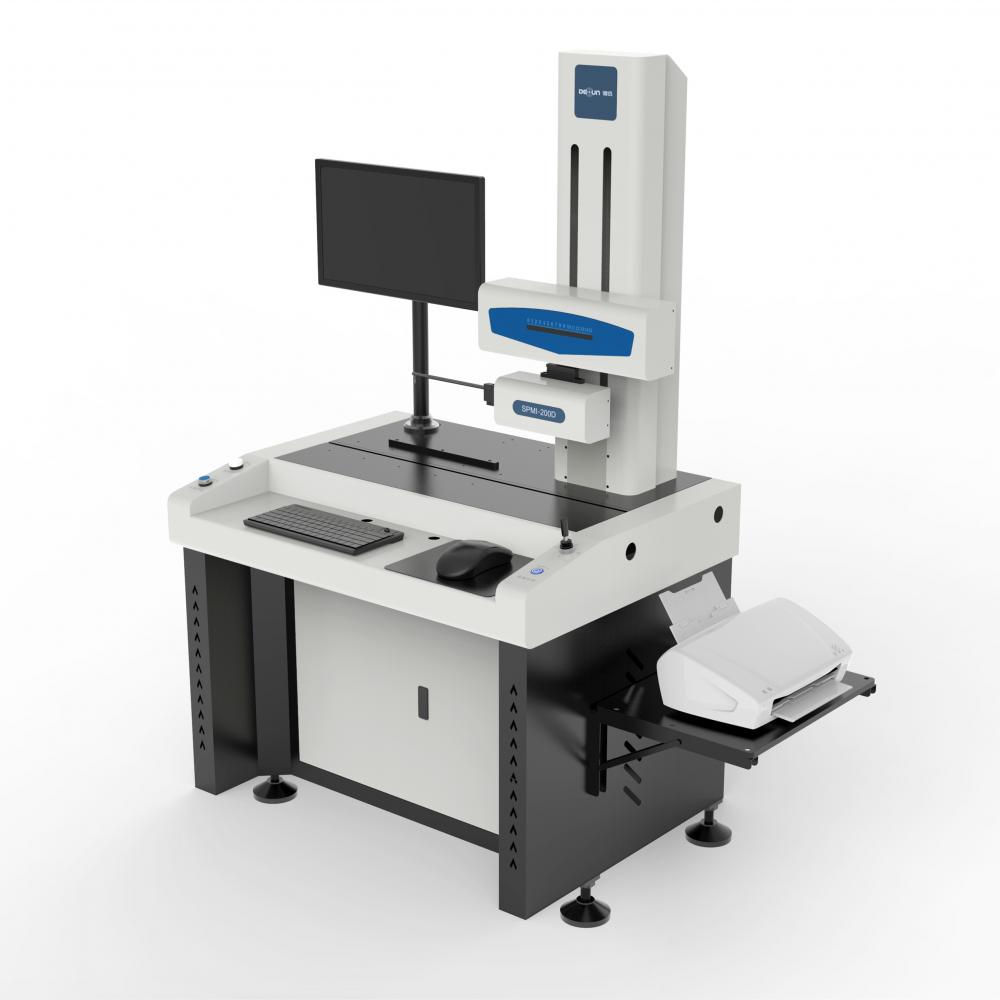Release date: 2007-04-24 In a major breakthrough for the treatment of atrial fibrillation, doctors now have access to a more efficient and effective method. Researchers at the University of Washington School of Medicine have introduced the Cox-maze IV procedure, a simplified technique that significantly reduces the time and complexity of traditional surgical approaches. This new method uses radiofrequency energy to create precise ablation lines on the heart tissue, replacing the older "cut and sew" approach used in the Cox-maze III procedure.
Dr. Ralph Damiano Jr., director of cardiac surgery at the university, highlighted the benefits of this advancement. “This technology makes Cox-maze surgery easier and faster,†he said. “We no longer limit its use to a small group of patients. Instead, we are strongly recommending it for all individuals with atrial fibrillation who are already scheduled for other heart surgeries.â€
The instrument used in the Cox-maze IV procedure is designed like a clamp, which delivers controlled heat to the heart muscle. This allows surgeons to create ablation lines without the need for incisions or sutures, reducing the risk of complications such as bleeding. Compared to the original Cox-maze III procedure, the new method takes only one-third of the time, while maintaining similar long-term success rates.
Developed in 1987, the Cox-maze procedure was initially considered too complex for widespread use. Dr. Damiano explained, “The original Cox-maze was very complicated, and few surgeons were comfortable performing it.†With the introduction of the Cox-maze IV, the process has become more streamlined and safer, making it a preferred choice for many patients.
Atrial fibrillation affects over 2.2 million people in the U.S., leading to symptoms such as fatigue, shortness of breath, and palpitations. It also increases the risk of stroke and death. While medications can manage symptoms, they do not cure the condition. The Cox-maze IV procedure offers a long-term solution by addressing the root cause of the arrhythmia.
In a recent study published in the American Journal of Thoracic and Cardiovascular Surgery, researchers compared the outcomes of the Cox-maze IV procedure with those of the earlier Cox-maze III method. Patients were carefully matched based on age, gender, and overall heart health, ensuring a fair comparison. According to Dr. Damiano, “This is the first study to directly compare the effectiveness of ablation devices with the traditional Cox-maze III procedure.â€
With its improved safety, efficiency, and effectiveness, the Cox-maze IV procedure is quickly becoming the standard of care for treating atrial fibrillation. As Dr. Damiano concluded, “This is a highly effective procedure, and we are now exclusively using the Cox-maze IV technology.†- China Medical newspaper Roughness Profilometer, also known as surface roughness meter, surface smoothness meter, surface roughness tester, roughness measurement meter, roughness tester, and other names. It has the characteristics of high measurement accuracy, wide measurement range, easy operation, portability, and stable operation. It can be widely used for the detection of various metal and non-metal processing surfaces. This instrument is a pocket instrument that integrates sensors and hosts, with handheld characteristics, making it more suitable for use in production sites. The exterior design is sturdy and durable, with significant resistance to electromagnetic interference, in line with current design trends. The application fields of roughness meters include: Profile Projector ,Roughness Profilometer,Roughness Measuring Instrument,Surface Roughness Tester,Roughness Tester,Mitutoyo Roughness Tester Zhejiang dexun instrument technology co., ltd , https://www.dexunmeasuring.com
1. Mechanical processing and manufacturing industry, mainly metal processing and manufacturing. Roughness meters were originally developed to detect the surface roughness of machined parts. Especially, stylus type roughness measuring instruments are more suitable for detecting hard metal surfaces. For example, the automotive parts processing and manufacturing industry, the mechanical parts processing and manufacturing industry, and so on. As long as these processing and manufacturing industries involve the surface quality of workpieces, the detection application of roughness meters is essential.
2. In the non-metallic processing and manufacturing industry, with the progress and development of technology, more and more new materials are applied to processing processes, such as ceramics, plastics, polyethylene, etc. Some bearings are now made of special ceramic materials, and pump valves are made of polyethylene materials. These materials have a hard texture, and some applications can replace metal materials to make workpieces. During production and processing, their surface roughness also needs to be tested.
3. With the continuous strengthening and improvement of the technology and functions of roughness meters, as well as their in-depth promotion and application, more and more industries have been found to require roughness detection. In addition to mechanical processing and manufacturing, roughness evaluation is also required in the production and processing of power, communication, electronics, such as couplings on switches, integrated circuit semiconductors, and even stationery, tableware, and other products used in people's daily lives The surface roughness of human teeth needs to be tested.